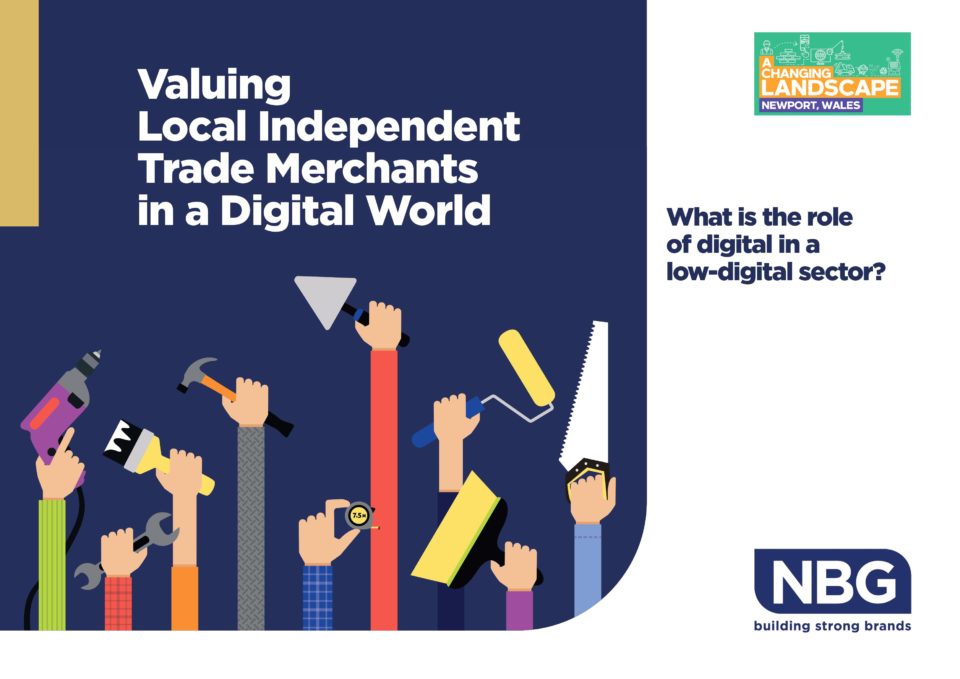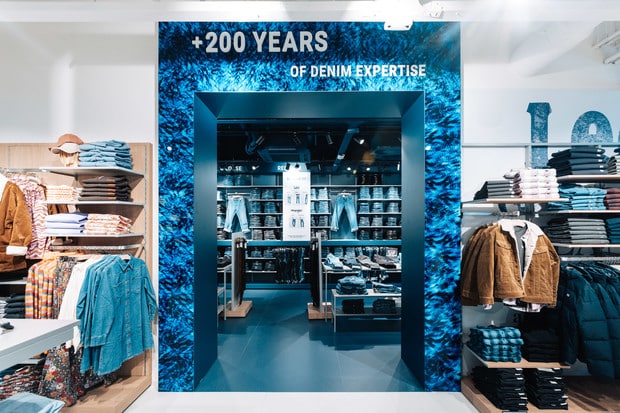5 Ways You Should Be Using Your In-Store Digital Signage

In this guest post, Mark McDermott, CEO of digital signage software company ScreenCloud, highlights five key ways that digital signage can improve the in-store experience.
Anyone who tells you the in-store customer journey is dead is wrong. According to the latest reports by Accenture, 45% of customers are willing to pay more for better in-store customer service. Furthermore, 65% of customers agree that in-store customer experience is the best channel to create tailored customer experiences.
Despite the rise of online shopping, customers are still turning to bricks-and-mortar for the experience. While shopping online may be fast, accessible and full of comfort, it lacks all the real reasons we became consumers in the first place. Our love of stepping through the doors, liaising with a sales clerk, browsing items and holding them within our hands.
Here’s the thing; you don’t need to employ hundreds of sales staff in order to make this experience worthwhile. In-fact, there could be tens of sales staff already positioned in your store, ready to work hard at helping customers make better decisions. It’s called your digital signage displays.
The digital screens positioned within your stores can do more than just look good, they can be given a job. A job that will improve customer experience, lead the way in omnichannel marketing and provide your customers with a gateway into deeper product, store and directional information. Here, I take you through five of the jobs that your in-store digital screens are ready and waiting to be tasked with.
1. Product profiling
It can be difficult to make sensible purchasing decisions within a store environment. It’s why so many wares end up returned. Some of the factors which go into making a happy buying decision include price, future usage and comparison with similar products. With the right content, your in-store digital signage displays can all contribute to helping customers make a decision they won’t regret.
Use your digital screens to show customers the product out in a real-world environment. What does this top look like when paired with pants? How have the latest beauty bloggers styled this product? What do the images taken by this camera look like? What type of person will I become if I buy this TV? Your products are more than just the items on the shelves – they represent a whole future world, lifestyle and personal brand. Using your screen content to show this gives customers all of the information they need in order to make a sensible purchasing decision, based on future visualisations of the product.
2. Customer service
Sales staff are expensive and can often struggle to fulfil all of the tasks required of them – they’re only one person after all. But doubling up your digital screens as additional sales personnel will save you time and money. All whilst improving the customer journey and helping them gain access to the information they need – fast.
Digital signage displays are often used as wayfinding devices, directing customers to specific floors and departments. They key to taking this a step further, is to make your digital screens reactive to changes in your store ecosystem. If a sales desk if closed, don’t wait until your customers get there to let them know. Digital screens should be signs that help your customers to make decisions and get the support they need more quickly. Helping them to bypass any annoyances and get information on everything from directions, to sale items to even the weather outside.
3. Price comparison
Consumers no longer accept the first price they see. Instead, shop floors are locked in a constant price war with other stores, on- or offline, who sell the same product. This is the current retail climate for the mobile-savvy consumer who often can find better pricing and deals at their fingertips, even while shopping within a physical store.
Now how about a curveball? Imagine if you, as a retail owner, offered your customers a way to get the information they covet directly within your stores. Where rather than looking down at mobile phones and worrying about Wi-Fi or signal, your customers could look up and see the best deal right in front of them, on your store screens. Using digital signage in this way may be controversial but ultimately it is serving the customer what they want: the best deal.
4. Tailored experience
A sales clerk would naturally know the right thing to say to a customer. Whether it’s a greeting, or a comment about the weather outside. Screens that can do the same will awe your customers as they walk through the doors. With most modern-day digital signage content management systems, you can change and edit content any time you like.
Setting up specific playlists and schedules that suit weekends vs weekdays and evening vs morning will help customers to get a more tailored experience.
5. Creating a connection
Customers who connect with you on more than one level are more likely to buy, remember your products and want to come back in the future. Your in-store signage screens can be the vehicle through which to make that happen. Employ them as the anchor between your on- and offline communications. Create visual, social media dashboards, client testimonial walls and up-to-the-minute sales statistics in your store. Creating a digital pathway where your visitors can shop and understand your brand at the same time.
By creating digital touchpoints within a physical store, you are ticking each brand touchpoint and giving your customers a multitude of ways to stay in touch.
Once store owners realise the power they have at their disposal, through a network of physical screens, digital signage becomes less about advertising and more about improving the customer experience. Offering value to customers through digital screens allows them to become another point of connection, another way to help the customer finalise the journey they wish to take. Now imagine how much more value that might bring to both you and your customers, using something you probably already have in your store.




